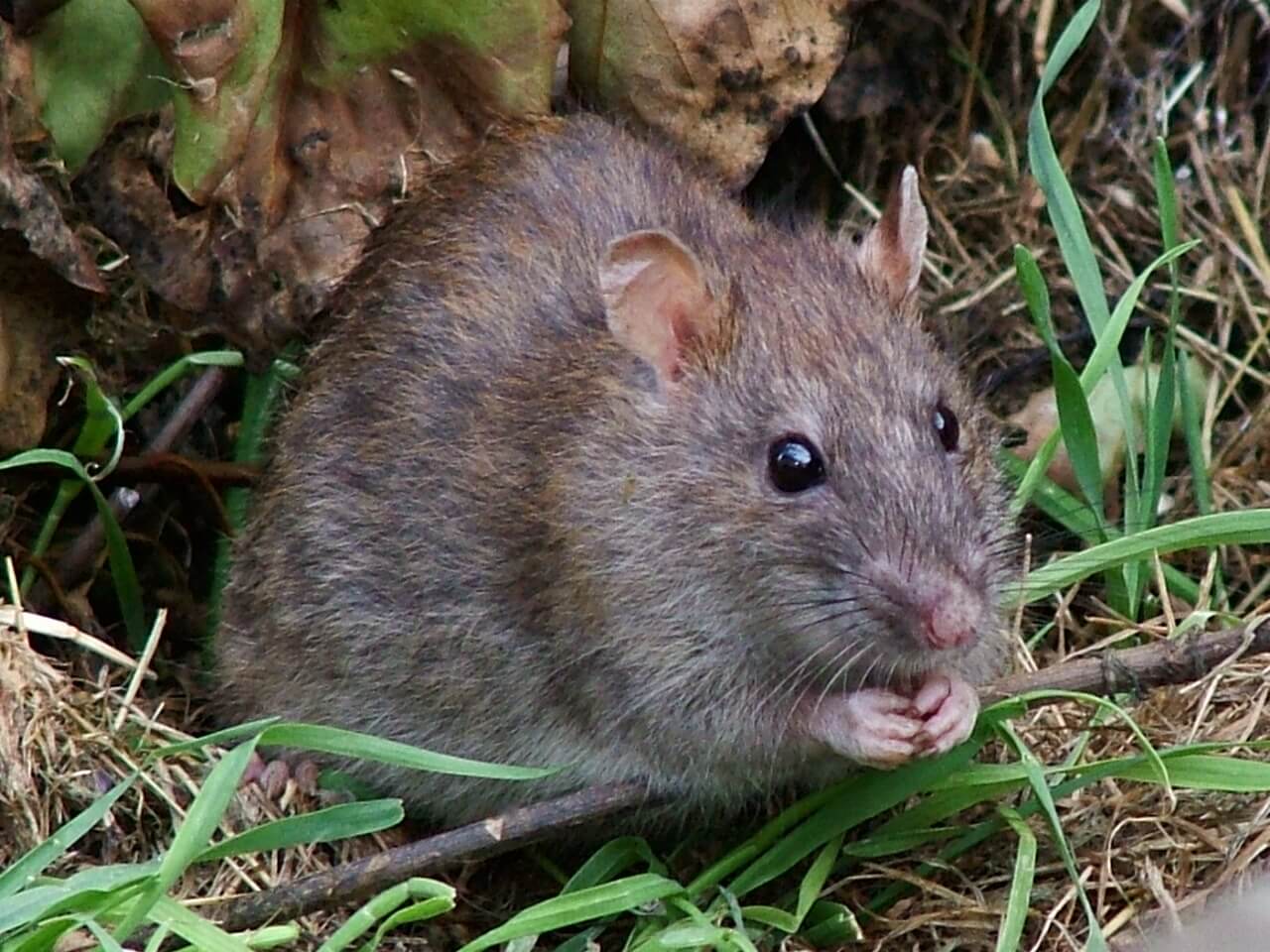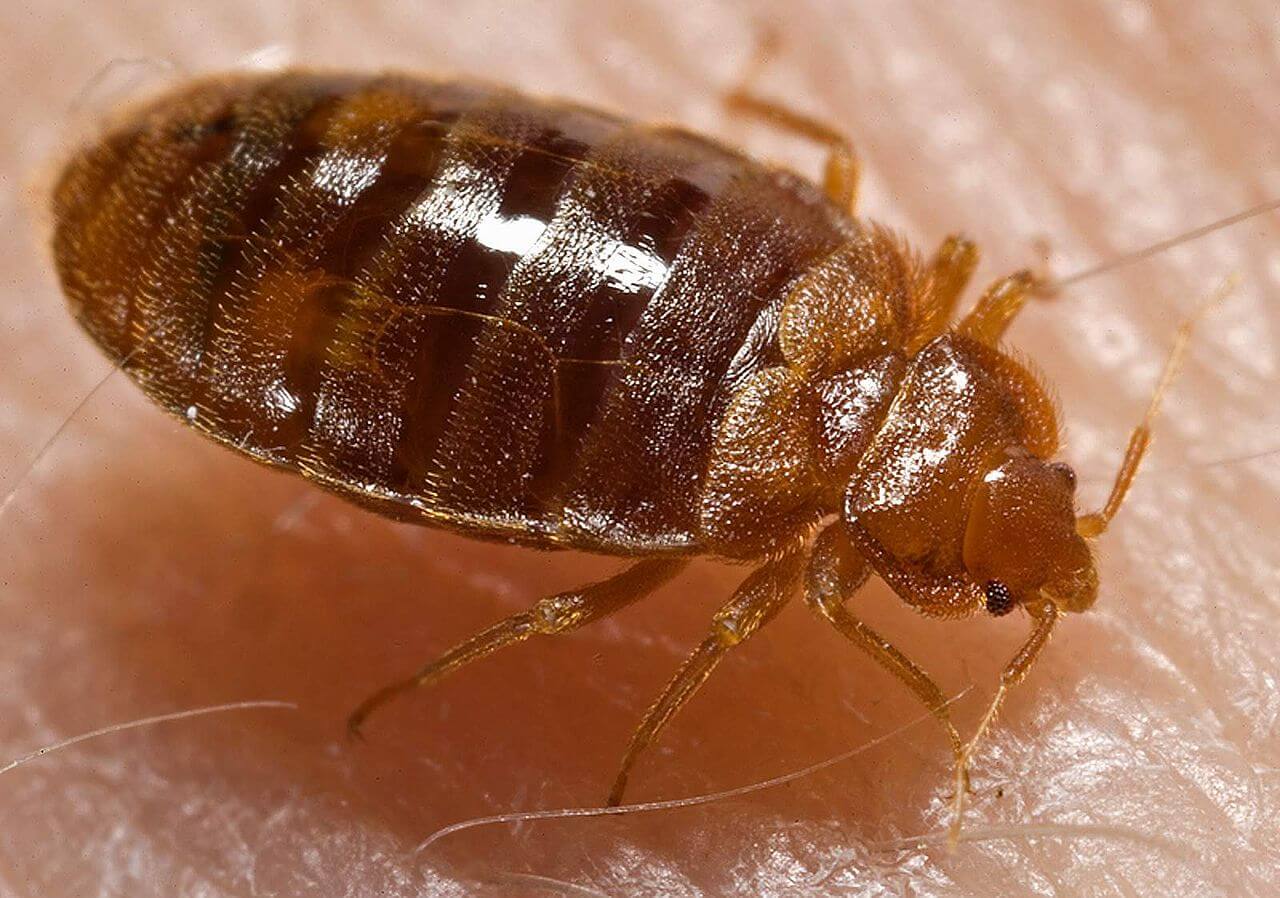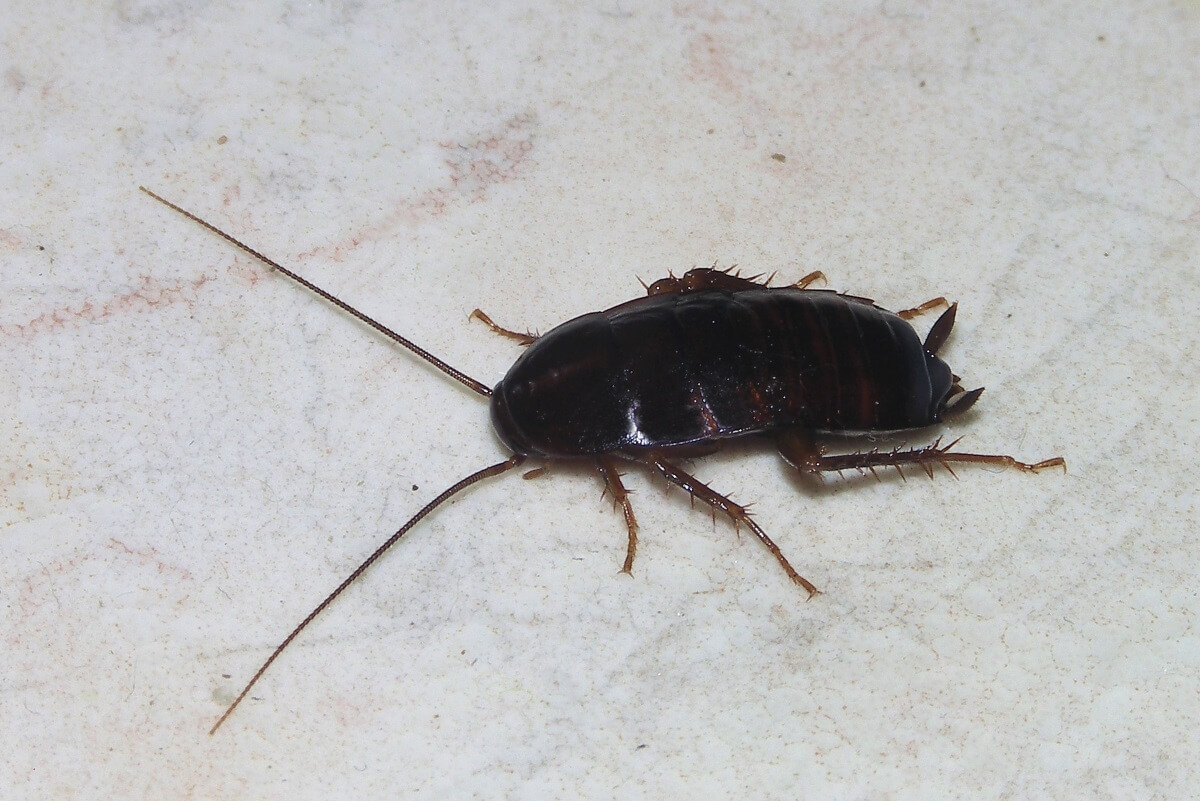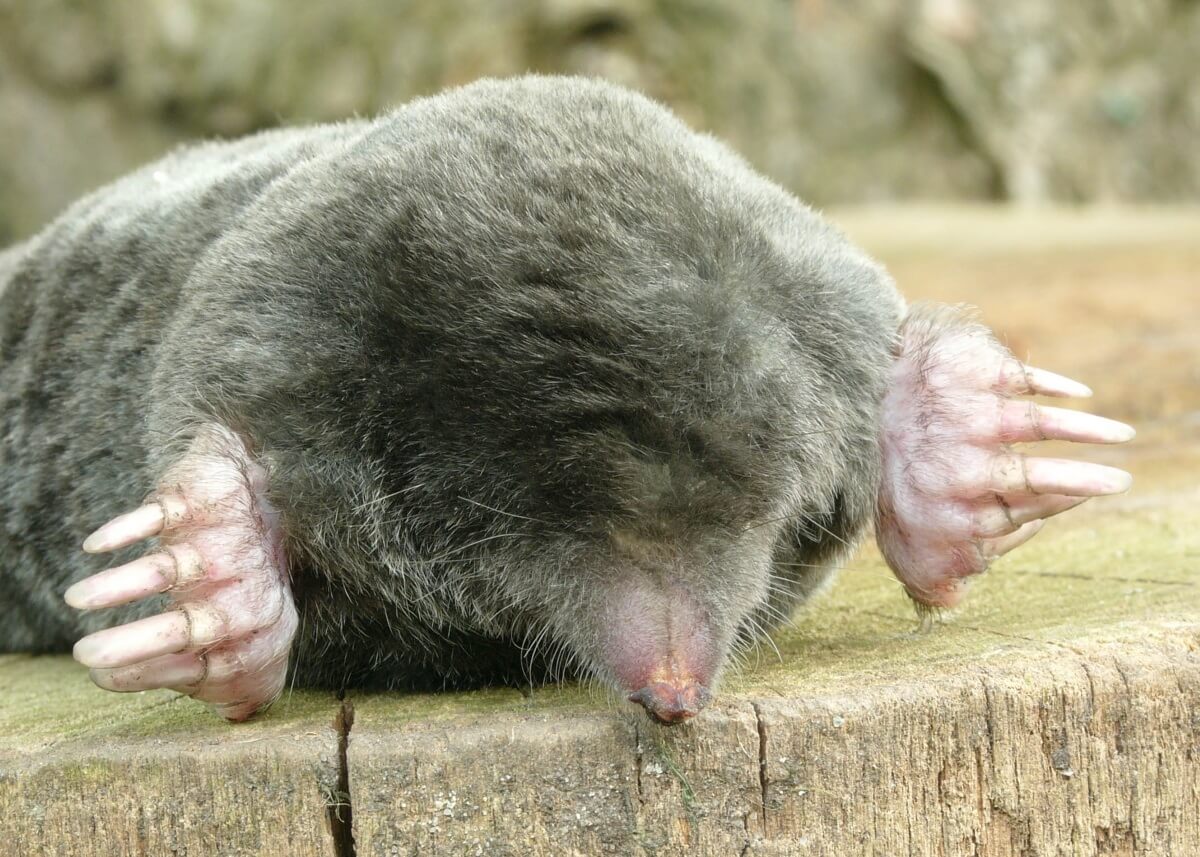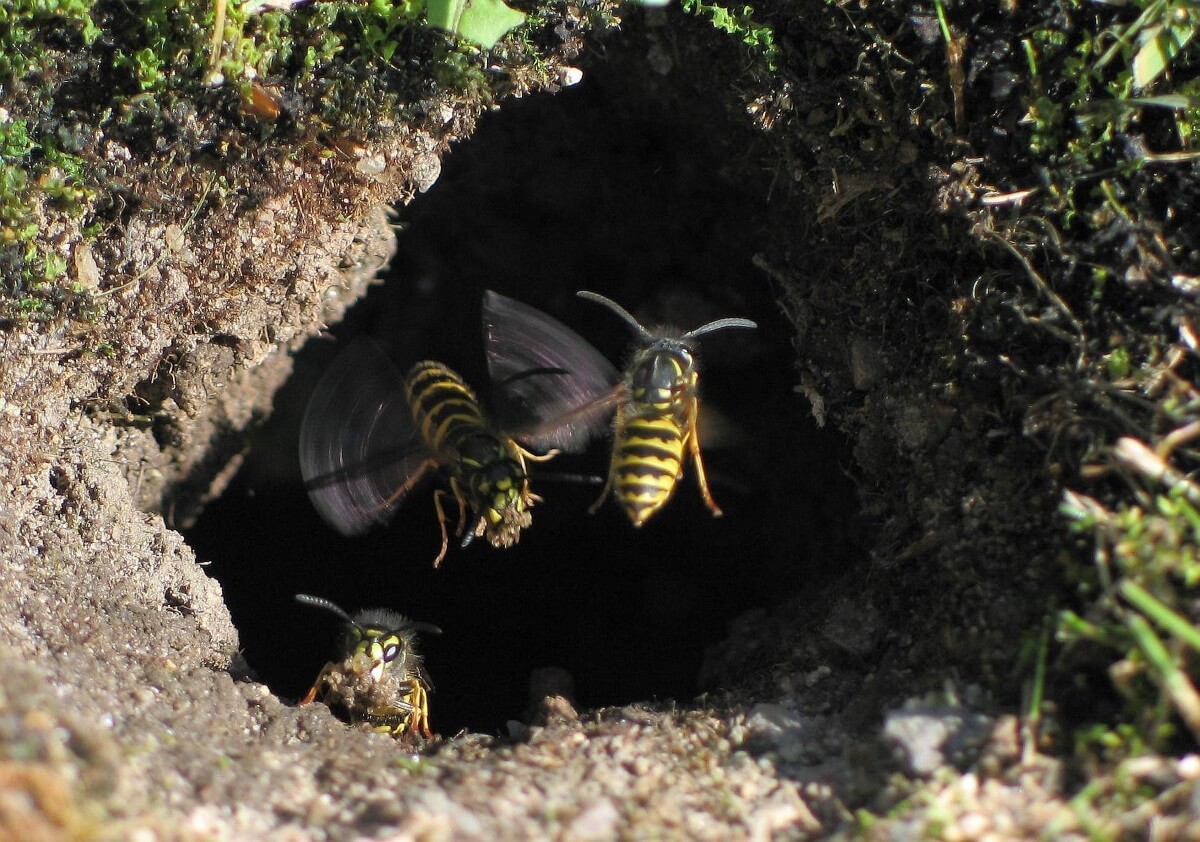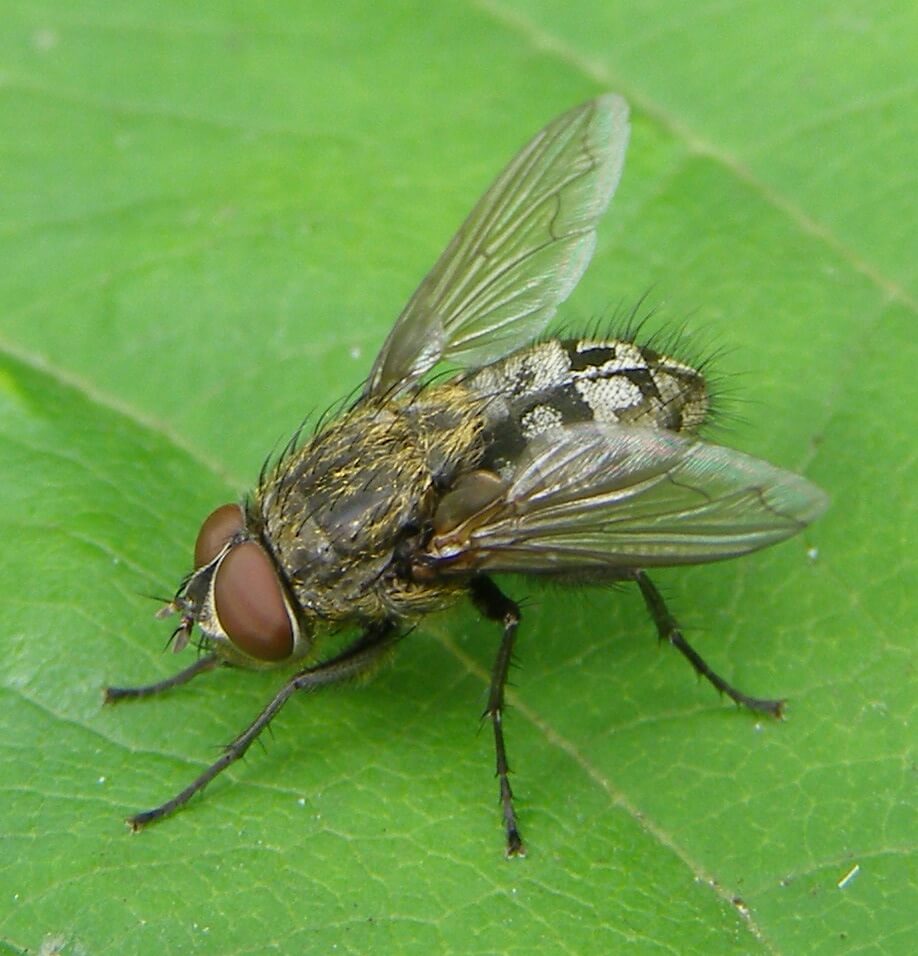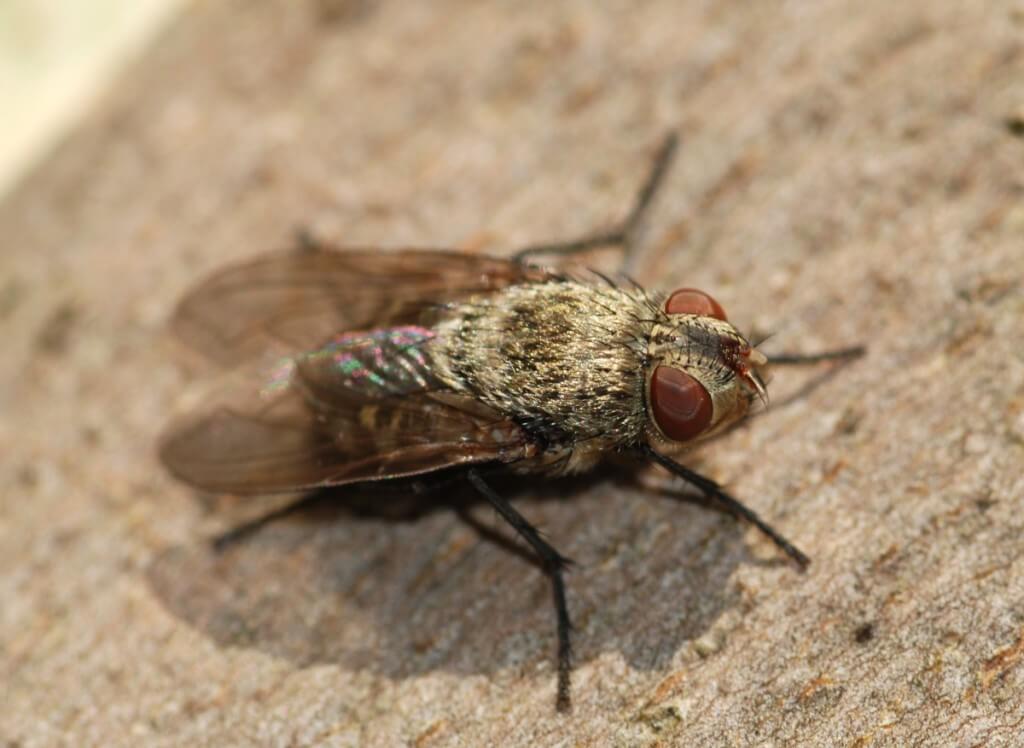Cluster Fly Pest Bio
Overview
The cluster flies are the genus Pollenia in the blowfly family Calliphoridae. Unlike more familiar blow flies, such as the bluebottle genus Phormia, they do not present a health hazard because they do not lay eggs in human food. They are strictly parasitic on earthworms; the females lay their eggs near earthworm burrows, and the larvae then infest the worms. However, the flies are a nuisance; when the adults emerge in the late summer or autumn, they enter houses to hibernate, often in large numbers; they are difficult to eradicate because they favour inaccessible spaces such as roof and wall cavities. They are often seen on windows of little-used rooms. They are also sometimes known as attic flies.
Description
The typical cluster fly Pollenia rudis is about 7 mm long and can be recognised by distinct lines or stripes behind the head, short golden-coloured hairs on the thorax, and irregular light and dark gray areas on the abdomen. Cluster flies are typically slow-moving.
Distribution
Cluster flies have a widespread distribution. Eight species are found in Britain and 31 in Europe. Pollenia species are also numerous in Australia and New Zealand (over 30 species); they are a common pest in North America. P. rudis has spread widely in association with humans.
| Cluster Fly Pest - Bio | |
| Pest Temperament | Opportunistic |
| Pest Length | 7mm |
| Pest Weight | 11.5mg |
| Pest Typical Life Span | 6 weeks |
| Pest Attracted by | Rotting Material |
| Pest Active Time | Diurnal |
- Category: Pests Bio
- Tags: Cluster Fly, Flies

